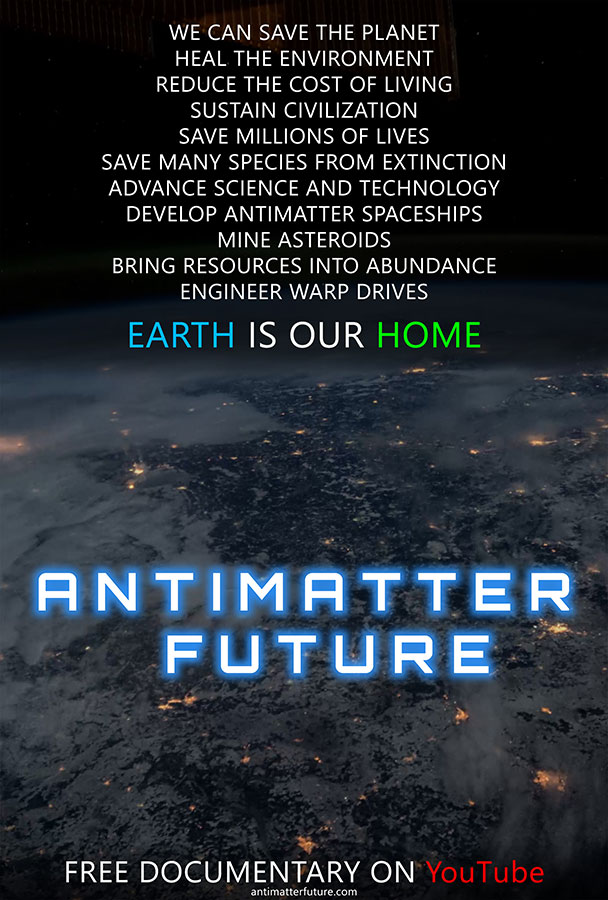The Vortex is found all through nature
Watch the Full Documentary Antimatter Future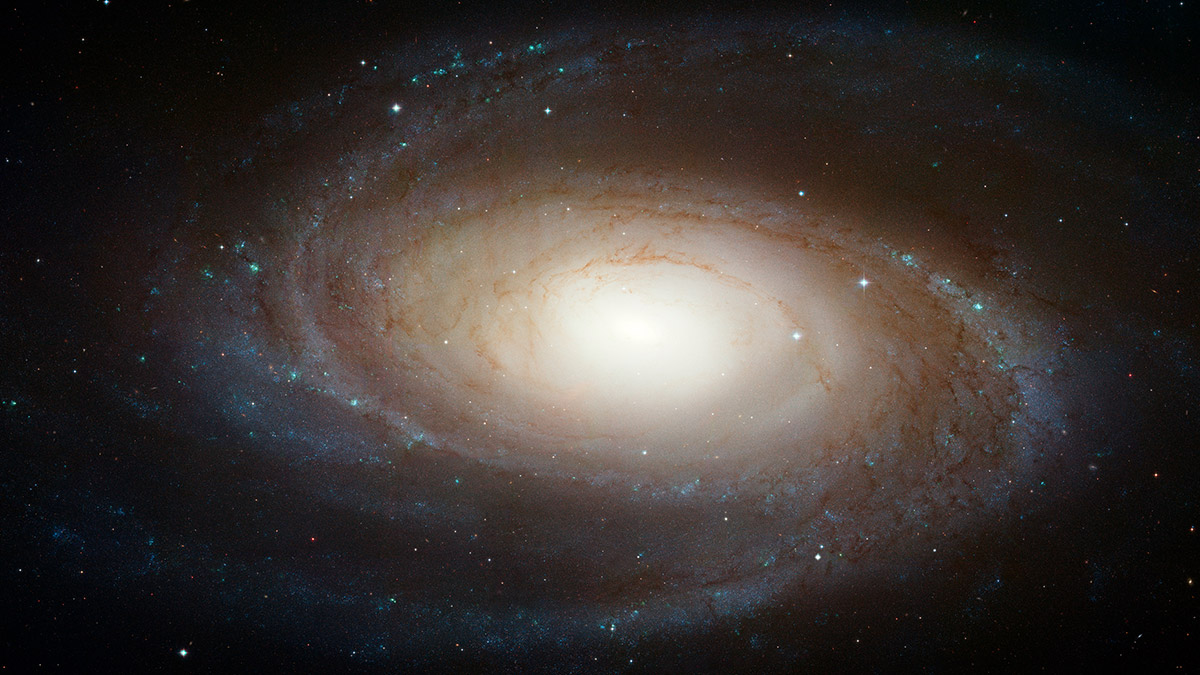
Tornadoes, hurricanes, spiral galaxies, a dolphin can create an underwater vortex ring, in the center of galaxies there are jets of particles traveling near the speed of light, a vortex helps maple seeds defy gravity and fly long distances, and so much more. Notice how hurricanes and spiral galaxies look alike and they are different scales?
A Vortex Formation in nature leads to natural propulsive methods
Solar flares create many pounds of antimatter. NASA say Antimatter is created in solar flares when the fast-moving particles accelerated during the flare collide with slower particles in the Sun's atmosphere. Antimatter factories in space could make use of the natural particle accelerators in space, on Earth particle accelerators use a lot of energy to speed particles up which is why antimatter is expensive to produce right now.
Upon annihilation with matter, antimatter offers the highest energy density of any material currently found on Earth.
Nuclear reactors are radioactive even after their fuel is used up. A positron spacecraft would release a flash of gamma-rays if it exploded, but the gamma rays would be gone in an instant. There would be no radioactive particles to drift on the wind. The flash would also be confined to a relatively small area. The danger zone would be about a kilometer, about a half-mile around the spacecraft, remember a large chemical rocket has roughly the same danger zone from big fireball that results from the explosion.
There is so much technology and science that exists!
Warp Drive
I suggest researching the science verifying the sources. I have some new information below worth researching.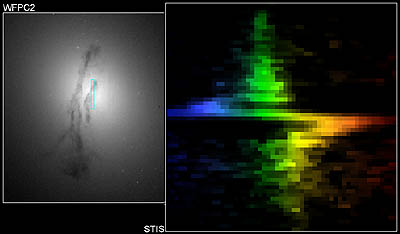
Characteristics for the Occurrence of a High-Current, Z-Pinch Aurora as Recorded in Antiquity
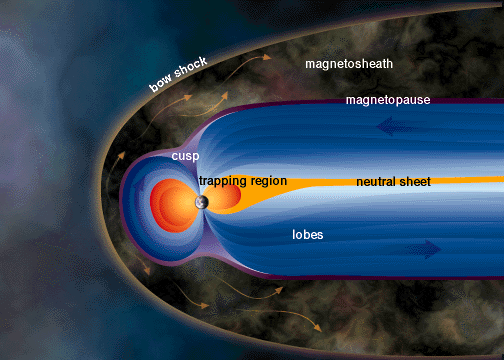
Earth interacting with the Sun
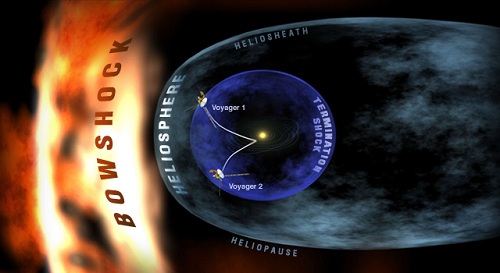
The complicated interactions between the Sun and the local interstellar medium. Credit: NASA/JPL.
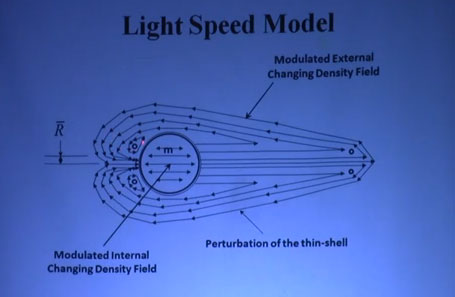
Screen Capture from Warp Drive Now presentation
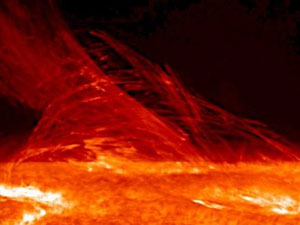
NASA Finds magnetic vortex almost
as big as Earth on the Sun
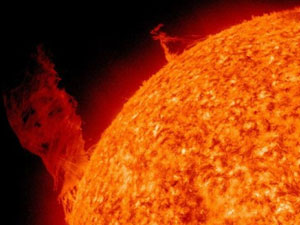
A plasma vortex spins cross the Sun.
Credit: Solar Dynamics Observatory/NASA
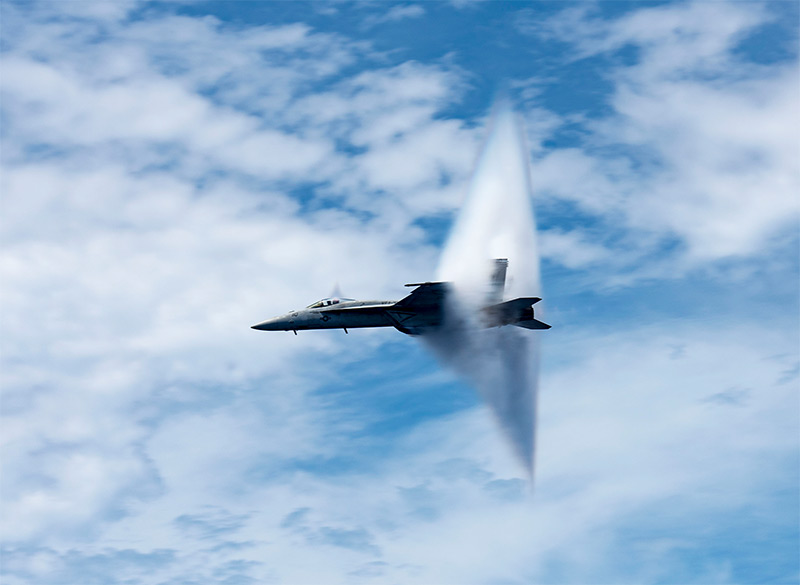
F/A-18E Super Hornet breaks the sound barrier
(U.S. Navy photo by Mass Communication Specialist 3rd Class Matt Matlage/Released)
NASA has been making progress towards developing a real life Warp Drive in Eagleworks Laboratories at Johnson Space Center, except the funding and effort to develop this further is not there as it was with the development of the first nuclear bomb. The progress might be really slow but that doesn't mean there can't be more funding for investigation. NASA/JSC implemented an advanced propulsion physics laboratory, informally known as "Eagleworks", to pursue propulsion technologies necessary to enable human exploration of the solar system over the next 50 years, and enabling interstellar spaceflight by the end of the century.
There is not very much money being invested with the experiment at NASA, a Warp Drive could be investigated with more effort, without a failed war on drugs and without cannabis prohibition keeping the cost of living high there would be more money and resources available. What if sustainable spacecraft of the future powered by renewable hemp fuel could engage a warp field and travel the universe? This is worth investigation! There is sometimes more than one way to do something, what if there is more than one way to engineer a warp drive?
Warp Drive Now presentation
Warp Drive Now Vortex Formation in the Wake of Dark Matter Propulsion (Youtube Video)
NASA Wake Vortex Research
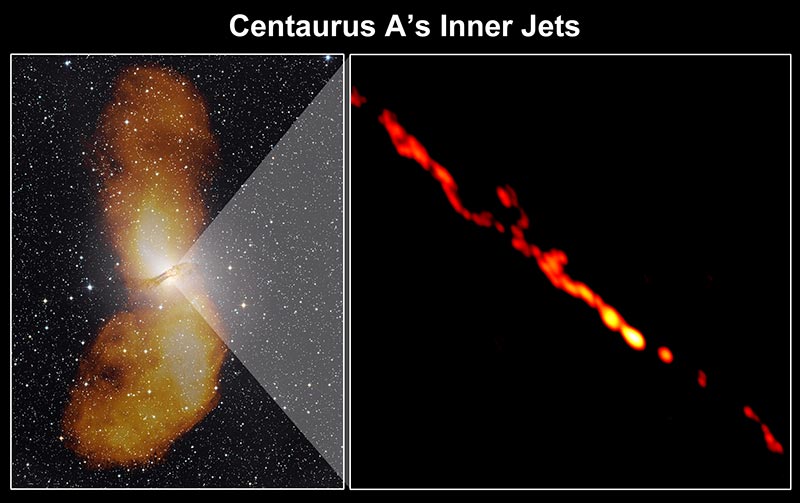
Credit: NASA/TANAMI/Müller et al.
Vortex Formation in the Wake of Dark Matter PropulsionThe Warp Drive Now presentation and Vortex Formation in the Wake of Dark Matter Propulsion science paper was done by Glen Robertson as a non-NASA employee. Below is another related paper which is found at NASA. Propulsion Physics under the Changing Density Field Model https://ntrs.nasa.gov/citations/20120002881
Future spaceflight will require a new theory of propulsion; specifically one that does not require mass ejection. A new theory is proposed that uses the general view that closed currents pervade the entire universe and, in particular, there is a cosmic mechanism to expel matter to large astronomical distances involving vortex currents as seen with blazars and blackholes. At the terrestrial level, force producing vortices have been related to the motion of wings (e.g., birds, duck paddles, fish's tail). In this paper, vortex structures are shown to exist in the streamlines aft of a spaceship moving at high velocity in the vacuum. This is accomplished using the density excitation method per a modified Chameleon Cosmology model. This vortex structure is then shown to have similarities to spacetime models as Warp-Drive and wormholes, giving rise to the natural extension of Hawking and Unruh radiation, which provides the propulsive method for space travel where virtual electron-positron pairs, absorbed by the gravitational expansion forward of the spaceship emerge from an annular vortex field aft of the spaceship as real particles, in-like to propellant mass ejection in conventional rocket theory.
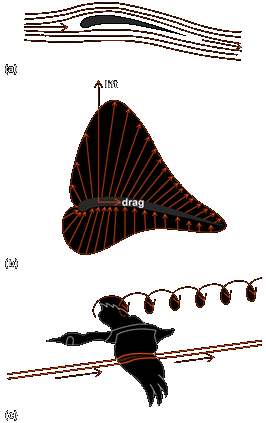 | Aerodynamics of bird flight. (a) Airflow around a typical wing profile. (b) Pressure distribution around a typical wing profile (c) The difference in pressure disappears toward the wingtips as trailing vortices in the wake. |
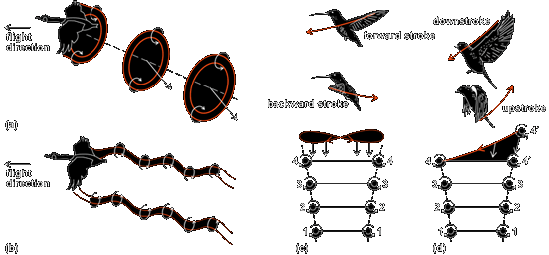 | Vortex wakes behind a bird in flapping flight, and below a hovering bird. (a) In slow flight, vorticity is shed only during the downstroke, resulting in a stack of vortex rings. (b) In faster flight, lift can be generated also during the upstroke, and the wake consists of an undulating pair of line vortices (c) Formation of vortex rings in four wingstrokes in symmetrical hovering and (d) in asymmetrical hovering. |
Whirling maple seeds create vortex to fly high and far
The researchers from Wageningen University in the Netherlands and the California Institute of Technology (Caltech) in the US discovered that the whirling action of the maple seeds produces a leading edge vortex - a spinning horizontal tunnel of air along the wing. Air pressure is lowered over the upper surface of the maple seed, which draws the wind upward to oppose gravity and give it a boost, according to the researchers. The vortex doubles the lift produced by the seeds, against seeds that do not swirl. The vortex's ability to magnify the lift can be compared to the mechanism used by birds, insects and bats when they flap their wings to help them hover.
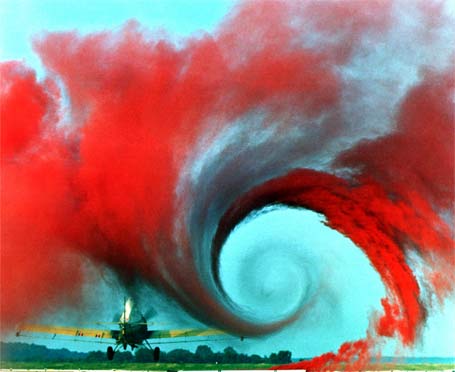
Vortex formations behind aircraft can be deadly, aircraft turbulence behind aircraft is a lot of energy.
